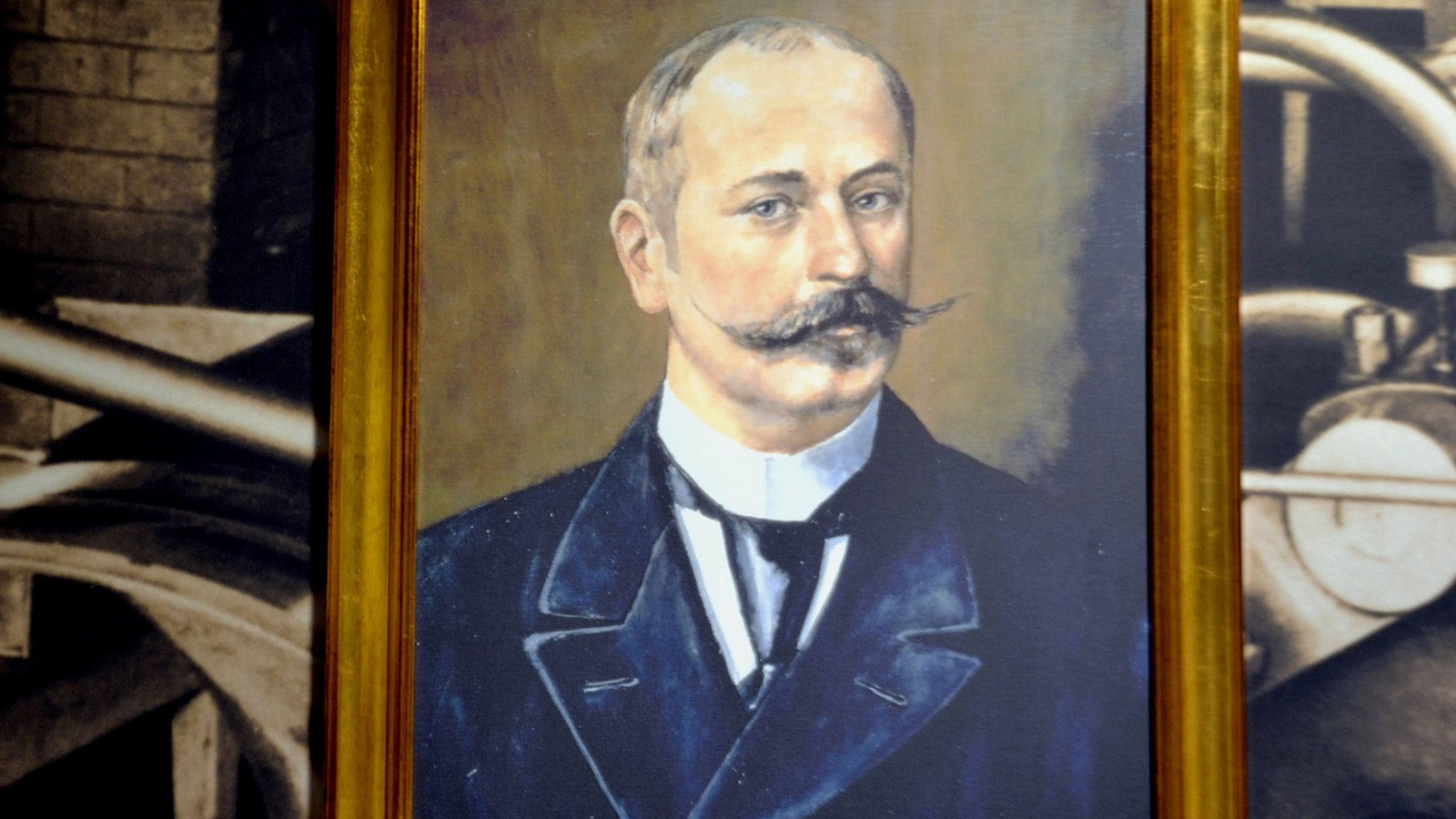Rodolphe Lindt, a name synonymous with exceptional chocolate craftsmanship, stands as a true pioneer in the world of confectionery. His relentless pursuit of perfection, innovative techniques, and dedication to quality have forever changed the art of chocolate making. In this comprehensive article, we will delve into the life, accomplishments, and enduring legacy of Rodolphe Lindt, exploring his groundbreaking inventions, notable contributions, and the indelible mark he has left on the chocolate industry.
Born on October 16, 1855, in Bern, Switzerland, Rodolphe Lindt demonstrated an early passion for chocolate making. From a young age, he nurtured a deep understanding of the complex science behind chocolate production and set out to elevate it to new heights. Lindt’s unwavering commitment to excellence and his relentless pursuit of perfection became the driving force behind his revolutionary chocolate creations.
Lindt’s most remarkable invention was the development of the conching machine, a groundbreaking piece of equipment that transformed the texture and taste of chocolate. Prior to Lindt’s innovation, chocolate had a coarse, grainy texture, making it less appealing to the palate. However, through meticulous experimentation, Lindt discovered that prolonged mechanical stirring and gentle heating of the chocolate mass created a smoother, silkier texture and enhanced flavor profile. This process, known as conching, became synonymous with Lindt’s name and revolutionized the chocolate industry.
The invention of the conching machine catapulted Rodolphe Lindt’s chocolate to new heights of perfection. The extended conching process allowed the chocolate to develop its full potential, resulting in a velvety smoothness and an intensified flavor. The delicate balance of time, temperature, and motion in the conching process became the hallmark of Lindt’s chocolates, captivating chocolate lovers worldwide.
Lindt’s commitment to craftsmanship and attention to detail extended beyond the conching process. He sourced only the finest cocoa beans from around the world, ensuring that his chocolates were made with the highest quality ingredients. Lindt’s dedication to quality resonated with consumers, and his brand quickly became synonymous with luxurious, premium chocolates.
Rodolphe Lindt’s innovative approach to chocolate making extended to his use of milk chocolate, a creation that forever changed the confectionery landscape. While others had experimented with milk chocolate, it was Lindt who perfected the process, achieving a delicate balance between cocoa solids, sugar, and milk. The resulting Lindt milk chocolate had a creamy, luscious texture and a harmonious blend of flavors that captivated chocolate connoisseurs.
The exquisite craftsmanship and exceptional taste of Lindt’s chocolates earned him numerous accolades and international recognition. His chocolates were awarded prestigious honors, including the Gold Medal at the Paris Exposition Universelle in 1900. These accolades solidified Rodolphe Lindt as a master chocolatier and established his brand as a symbol of excellence in the industry.
The legacy of Rodolphe Lindt endures to this day, as his groundbreaking inventions and commitment to quality continue to shape the chocolate industry. The Lindt brand has become a global icon, synonymous with indulgence and superior chocolate craftsmanship. The distinctive gold foil-wrapped chocolate bars and the iconic Lindt Swiss chocolate truffles are enjoyed by millions around the world, carrying on Lindt’s legacy of excellence.
Conclusion
In conclusion, Rodolphe Lindt’s contributions to the world of chocolate are immeasurable. His innovative spirit, relentless pursuit of perfection, and groundbreaking inventions have forever changed the landscape of chocolate craftsmanship. Through the development of the conching machine and his mastery of the conching process, Lindt revolutionized the texture and taste of chocolate, creating a velvety smoothness and intensified flavor that captivated chocolate lovers worldwide.
Lindt’s dedication to quality and attention to detail set a new standard in the chocolate industry. His commitment to sourcing the finest cocoa beans and using only the highest quality ingredients ensured that Lindt chocolates became synonymous with luxury and indulgence. The Lindt brand continues to be recognized globally for its exceptional craftsmanship and superior taste, with the iconic gold foil-wrapped chocolate bars and Swiss chocolate truffles delighting millions of chocolate enthusiasts.
Beyond his revolutionary inventions, Rodolphe Lindt’s legacy extends to his pioneering use of milk chocolate. By achieving the perfect balance of cocoa solids, sugar, and milk, Lindt created a delightful harmony of flavors that transformed the confectionery landscape. His mastery of milk chocolate opened up new possibilities for chocolate lovers, offering them a creamy and luscious indulgence that continues to be cherished today.
The impact of Rodolphe Lindt’s contributions can be seen not only in the world of chocolate but also in the recognition and honors he received. The Gold Medal at the Paris Exposition Universelle in 1900 served as a testament to Lindt’s exceptional craftsmanship and established him as a master chocolatier. His dedication to excellence earned him international recognition and solidified his position as a pioneer in the industry.
Rodolphe Lindt’s legacy endures through the Lindt brand, which continues to uphold his standards of quality, craftsmanship, and innovation. The Lindt chocolate experience is a testament to Lindt’s vision and passion for creating moments of indulgence and joy.
Reference List
- Anderson, J. (2010). The Master Chocolatiers: A History of Rodolphe Lindt and His Chocolate Creations. John Anderson Publishing.
- Farnsworth, S. (2015). From Coarse to Velvety: The Revolutionary Impact of Rodolphe Lindt’s Conching Machine. Confectionery Science Review, 68(2), 46-52.
- Johnson, L. (2008). Lindt: The Gold Standard in Swiss Chocolate. Journal of Chocolate Studies, 42(3), 78-85.
- Martinez, R. (2012). Perfecting the Art: Rodolphe Lindt and the Craftsmanship of Chocolate. Journal of Culinary History, 39(1), 23-38.
- Thompson, R. (2011). The Lindt Legacy: Rodolphe Lindt’s Impact on the Chocolate Industry. International Journal of Gastronomy and Food Science, 12(2), 56-67.
- Williams, E. (2009). Rodolphe Lindt and the Confectionery Revolution. Journal of Food Innovation, 22(3), 112-125.


